Air pollution is most importantly a local issue. Have you been wondering how to engage your neighbours, how to collect data together and to make sense of the results? UrbanAirQ is an inspiring example for a citizen-driven local air quality campaign.
One of the Dutch pilots of the Making Sense project – UrbanAirQ – involved the local community of the two most polluted streets in Amsterdam. Through online and offline recruiting, a group of 25 local residents and a number of experts participated in the case study.
The main questions at the start were: How can we bring together engaged citizens and experts to explore the opportunities of participatory air quality monitoring? Can this collaboration identify challenges and issues to be tackled? Will this project improve the quality of life of these local residents?
The local residents were in charge: they decided what they wanted to measure and why. Their questions varied: some wanted to know more about differences from street to street and from door-to-door; others were interested in the different levels of air pollution between the ground floor and the sixth floor of the same building.

Participants received an air quality sensor that could generate data to answer these questions and placed them in the best locations to address their questions.
The sensors were calibrated with the help of technical experts, using the official measuring stations. Data generated during the three-months-pilot were analysed with the support of experts from the Dutch national weather service (KNMI).
One participant placed two sensors: one on the front side of her house, one in the backyard. She was very interested to learn more about the level of air pollution in these two locations because she wanted to choose where she would spend her free time outside. With the data and new information from the experiment, she was able to make an informed choice about where to go. With the data from the sensors, citizens could find the information they were interested in and change their behaviour to take better care of their health and well-being.

The project inspired a start-up, called Treewifi. Air quality sensors are placed into birdhouses and hung into trees in cities. If the air is clean, free WiFi is offered to passers-by. Data is hyper-local, high-quality and real-time.
Expect to be surprised by what a community-led citizen science project can bring as short and long-term outcomes!
Partners in this project were the Dutch national weather service (KNMI), University of Wageningen, Public Health Service of Amsterdam (GGD Amsterdam), Dutch Energy Research Center (ECN), LongFonds, Waag Society and Amsterdam Institute for Advanced Metropolitan Studies (AMS).
If you want to set up a local air quality campaign, you can find instructions to build your own hackAIR sensors at our tutorial page – and check out the Making Sense toolkit for lots of methods, tools and practices. Very inspiring resources for hackAIR users who want to design and implement air quality measurement campaigns in their local communities!




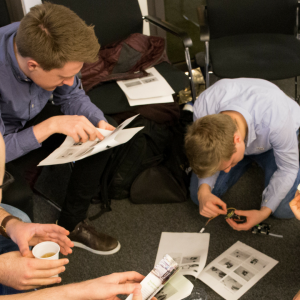
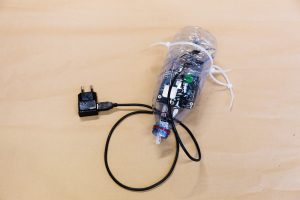
 Breeze develops and deploys environmental sensor networks that make sense of our surroundings. It
Breeze develops and deploys environmental sensor networks that make sense of our surroundings. It 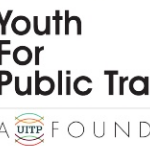
 YouSense involves citizens in the measurement of particulate matter in our atmosphere with significant but poorly understood impacts on our health and environment
YouSense involves citizens in the measurement of particulate matter in our atmosphere with significant but poorly understood impacts on our health and environment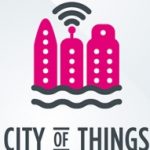 Citi of Things uses the Internet to connect physical objects with each other and with us – to the City of Antwerp. This is what iMinds’ City of Things project is about.
Citi of Things uses the Internet to connect physical objects with each other and with us – to the City of Antwerp. This is what iMinds’ City of Things project is about. Advances and experiments in participatory sensing. Making Sense EU (H2020) seeks to empower citizens through personal digital manufacturing applied to the design of environmental sensors.
Advances and experiments in participatory sensing. Making Sense EU (H2020) seeks to empower citizens through personal digital manufacturing applied to the design of environmental sensors. Open source technology to generate participatory processes of people in the cities. Connecting data, people and knowledge, the objective of the platform is to serve as a node for building productive and open indicators, and distributed tools, and thereafter the collective construction of the city for its own inhabitants.
Open source technology to generate participatory processes of people in the cities. Connecting data, people and knowledge, the objective of the platform is to serve as a node for building productive and open indicators, and distributed tools, and thereafter the collective construction of the city for its own inhabitants.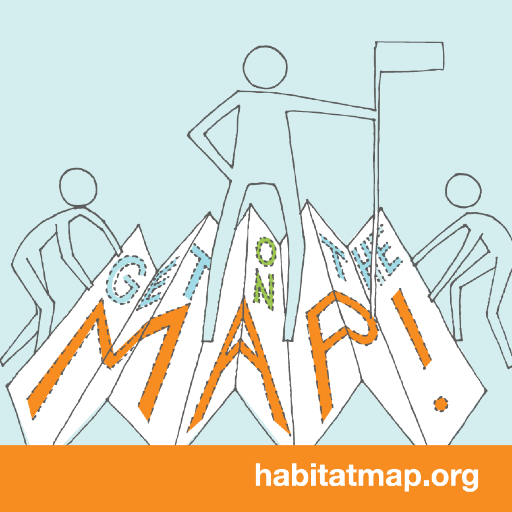 HabitatMap is a non-profit environmental health justice organization, building online mapping and a social networking platform to support grassroots environmental organizing. The aim is to maximize the impact of community voices strengthen ties between organizations and activists working to build greener, greater cities.
HabitatMap is a non-profit environmental health justice organization, building online mapping and a social networking platform to support grassroots environmental organizing. The aim is to maximize the impact of community voices strengthen ties between organizations and activists working to build greener, greater cities.